NC&StL locomotives were distinctive but disappeared all too soon.
The Nashville, Chattanooga & St. Louis Railway had its share of unique items and was a pioneer. Historian Dain L. Schult says the “NC,” as it was known, was the only southern road to try a Camelback and a duplex; neither type worked out. It was the first Southeast road to acquire 4-8-4s, which it called the Dixie type. In 1947, it outshopped its own streamliner, the City of Memphis, a handsome train of updated heavyweights led by a shrouded 4-6-2.
The Dixie Line, as the road called itself, ran five Russian Decapods on lighter-rail lines and kept three 2-8-8-2 Baldwin Mallets for pusher service on Tennessee’s Cumberland Mountain. Further, NC locomotives had distinctive, British-style capped smokestacks painted red. The roster’s zenith was 25 dual-service 4-8-4s. After J2s 565–569, the first Dixies, in 1930, Schenectady built two groups of 10 J3-class streamstyled sisters in 1942–43. Their different style running-board skirts led to the nicknames “Yellow Jackets” for the 570s and “Stripes” for the 580s.
NC&StL was among southern roads to dieselize early, doing so after World War II. A 1906 Baldwin 2-8-0 led the last steam run, a Bruceton-Union City, Tenn., passenger local on Jan. 4, 1953. The transition began with a 1941 order for Alco S1 switchers, 4 received by 1946. During the war came 7 each Alco S2s and Baldwin VOs, plus an EMD SW1 and an NW2. During 1948-52, NC went on a big EMD spree, taking 19 switchers of three models, 52 F units, and 37 GP7s. It also bought four GE 44-tonners in 1950 for light yard duty. NC totaled 9 F3As, 12 F3Bs, 23 F7As, and 8 F7Bs, all considered “dual-service” units, but only the B units had steam generators.
Its first six GP7s, 700-705, had switcher (Type A) trucks, which crews hated for their bone-rattling rides. The last five, 750-754, had steam generators and, like the Fs, were painted blue and gray; other diesels wore maroon with a yellow band, a livery also seen on some freight cars.
The NC&StL had been under Louisville & Nashville control since before the turn of the 20th century, and the L&N merged the NC&StL in 1957.





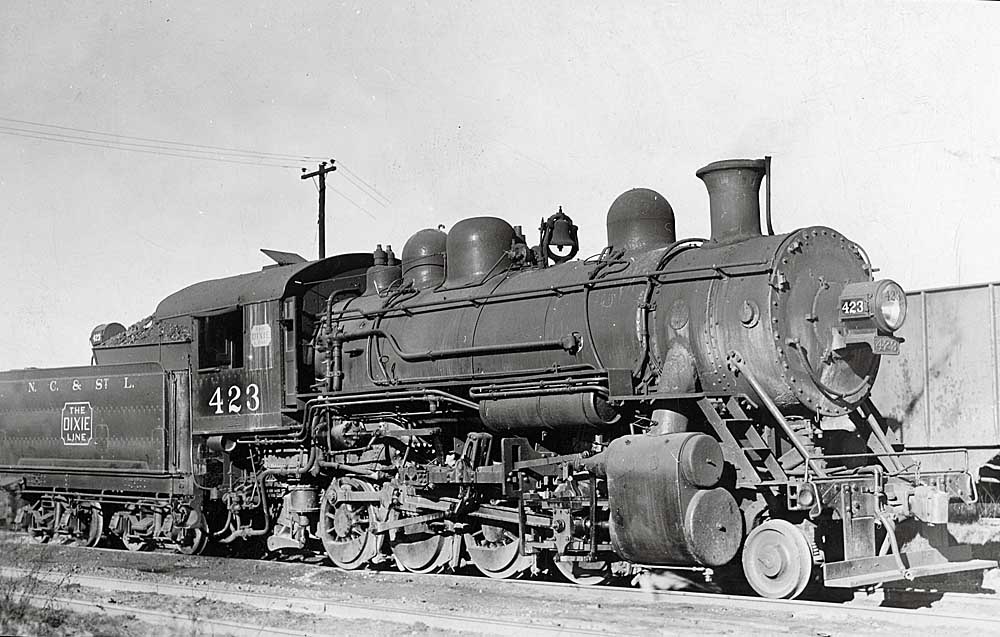

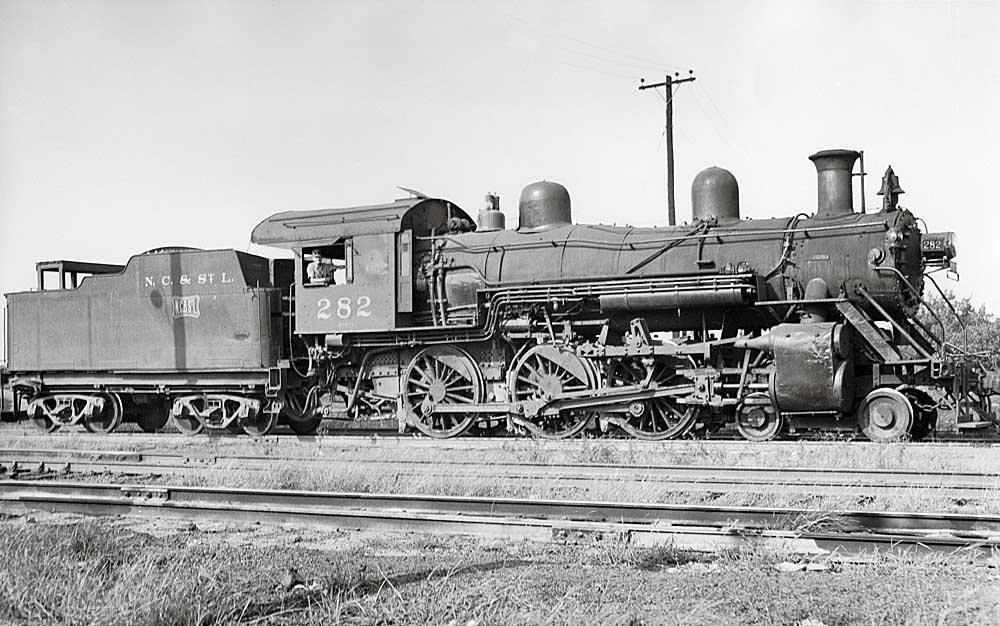

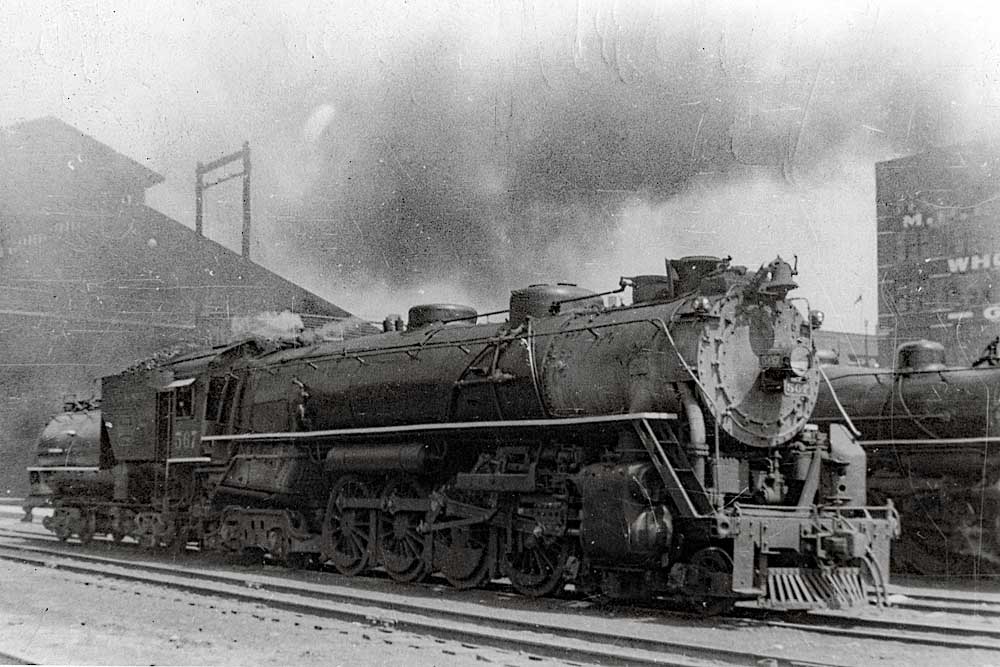

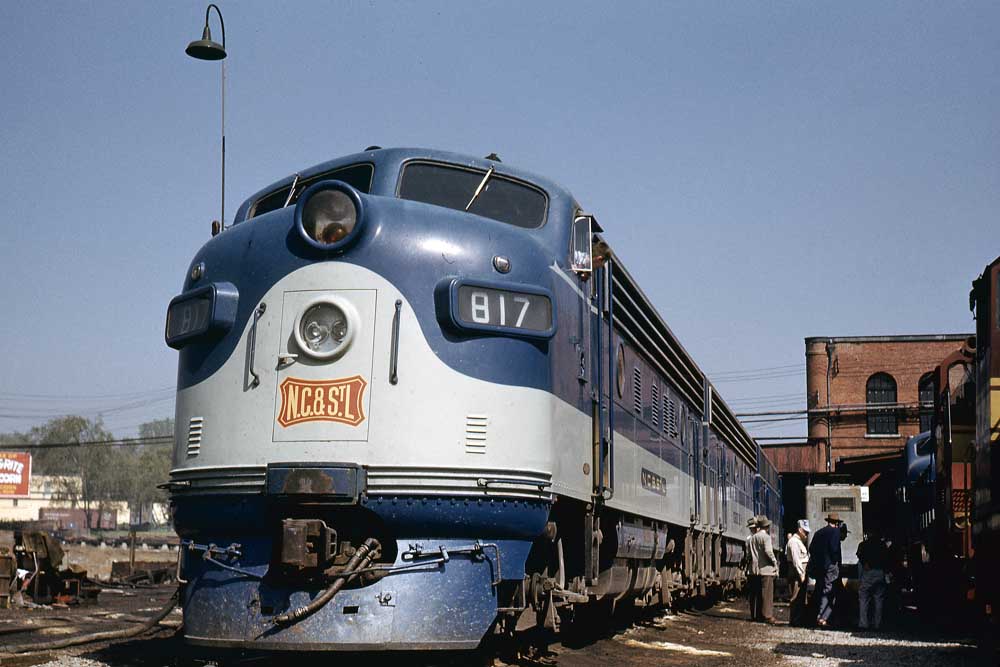

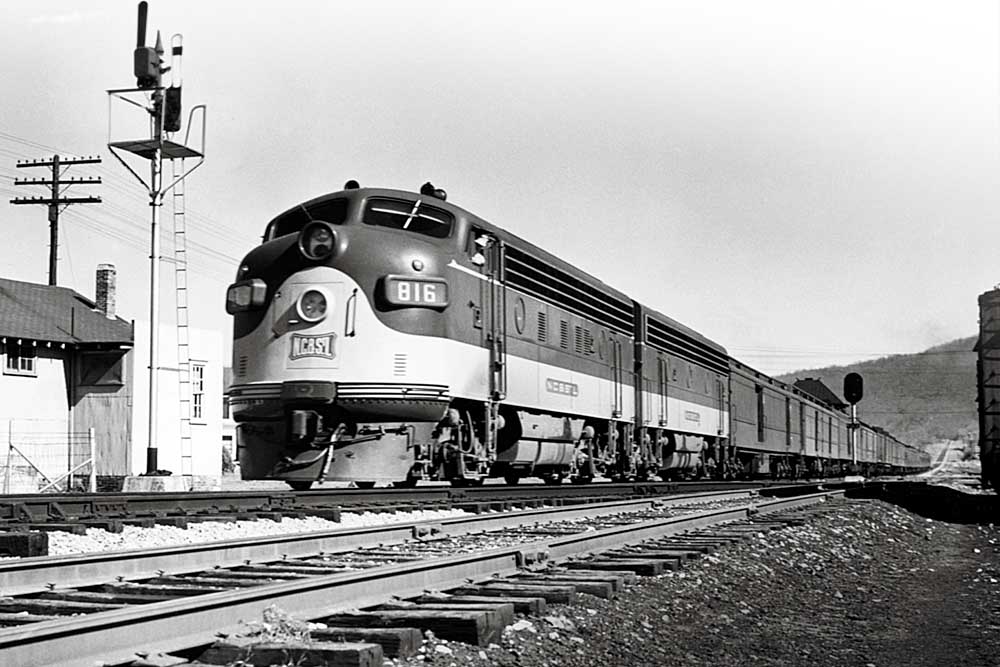

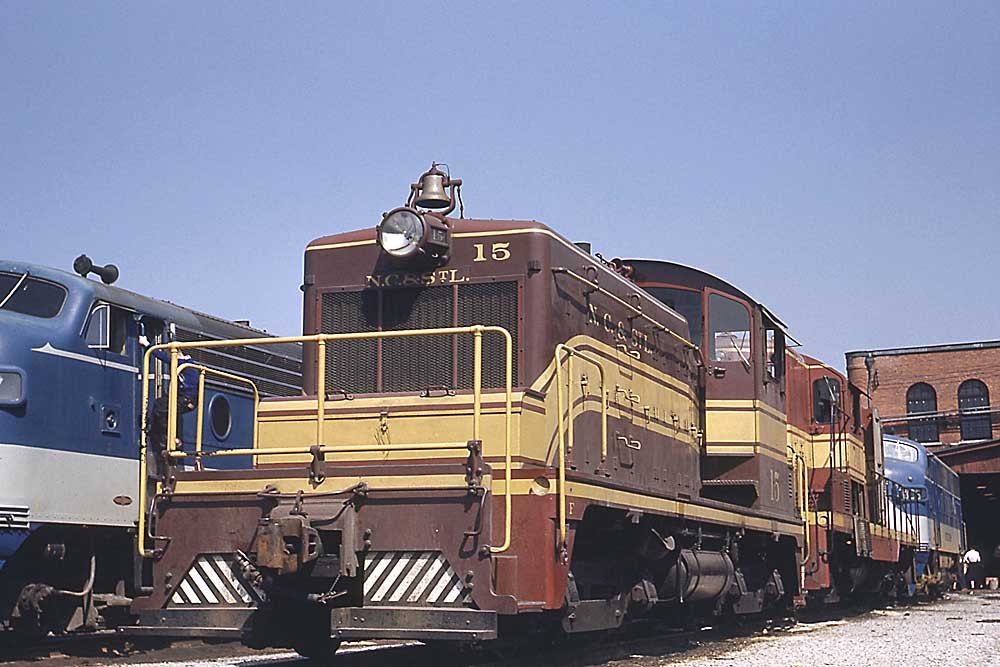

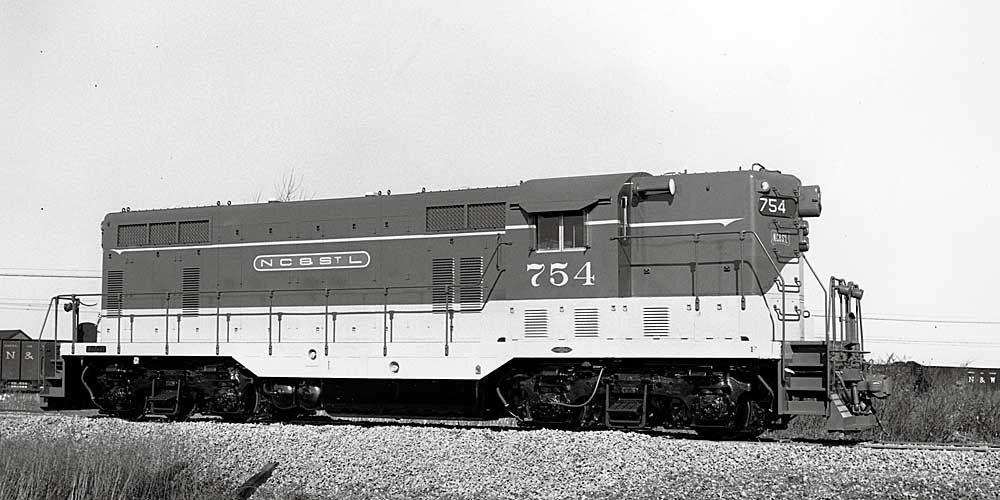

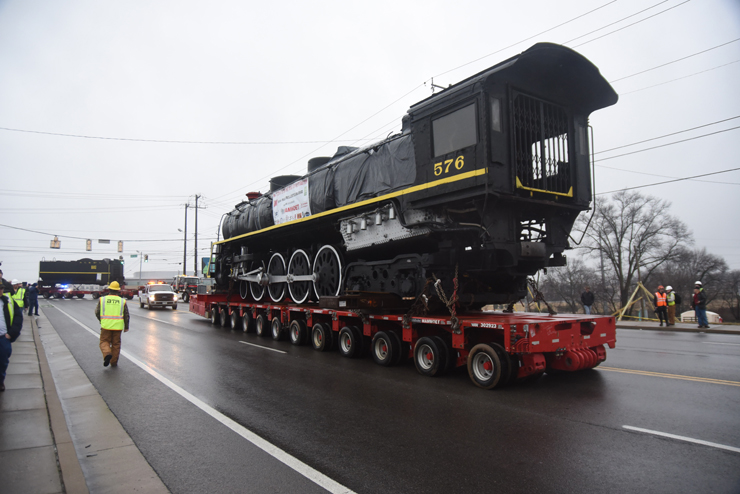

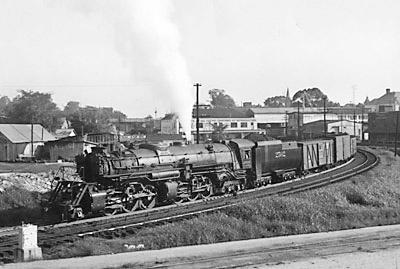
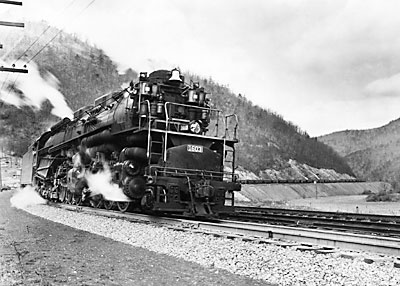
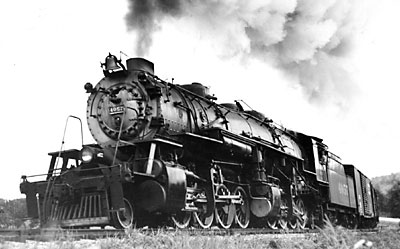
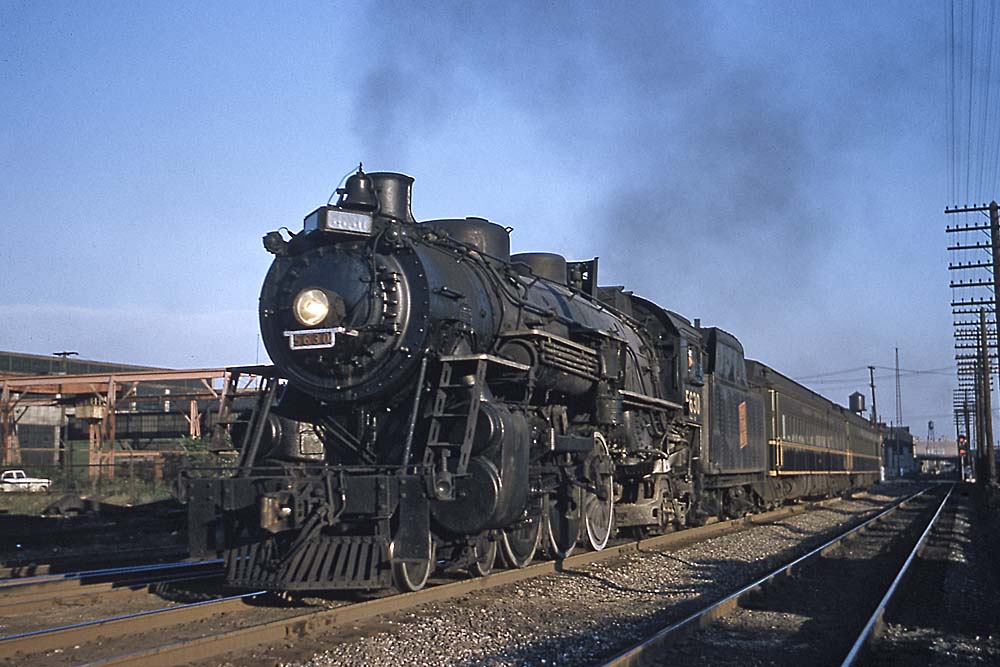




The diesel locomotives were facing south on the far west tracks of Union Station in Memphis. Although the Beaux-Arts architecture of Memphis Union Station (built 1912) had stone masonry on the front and sides, the rear was brick as shown in the background.